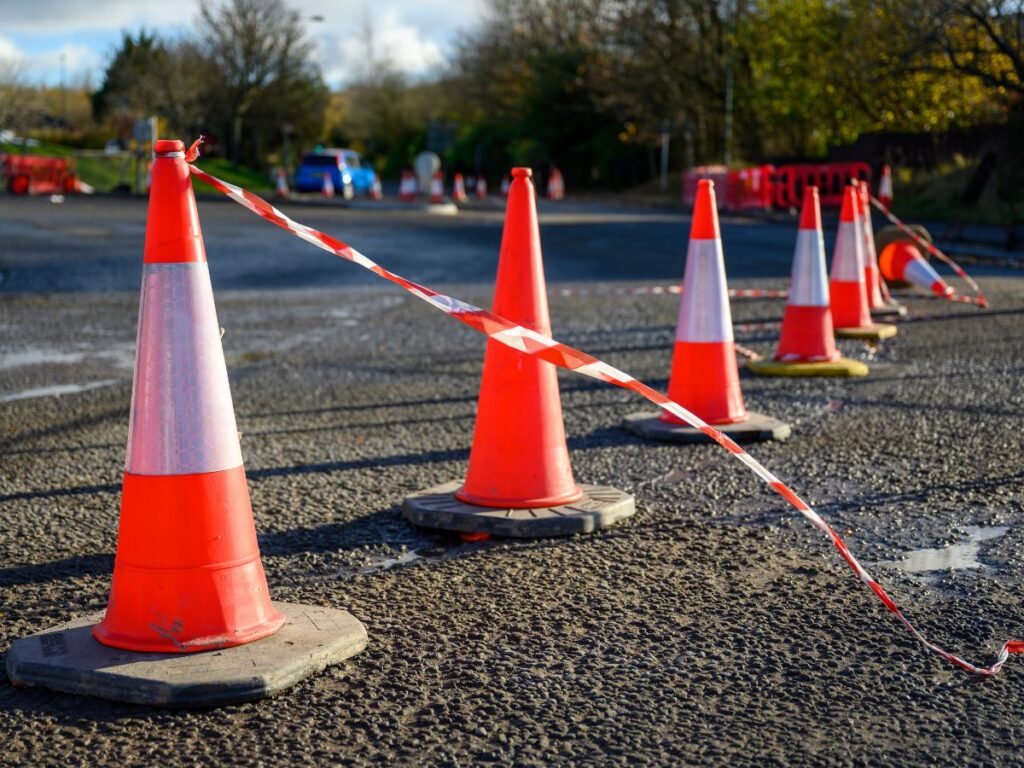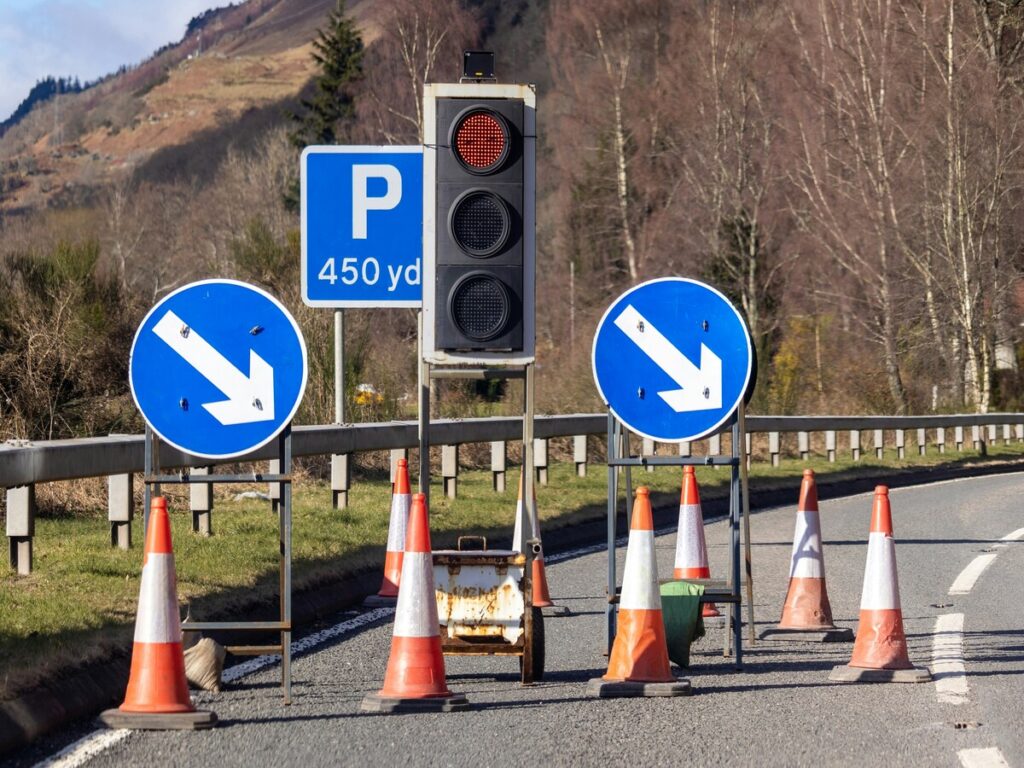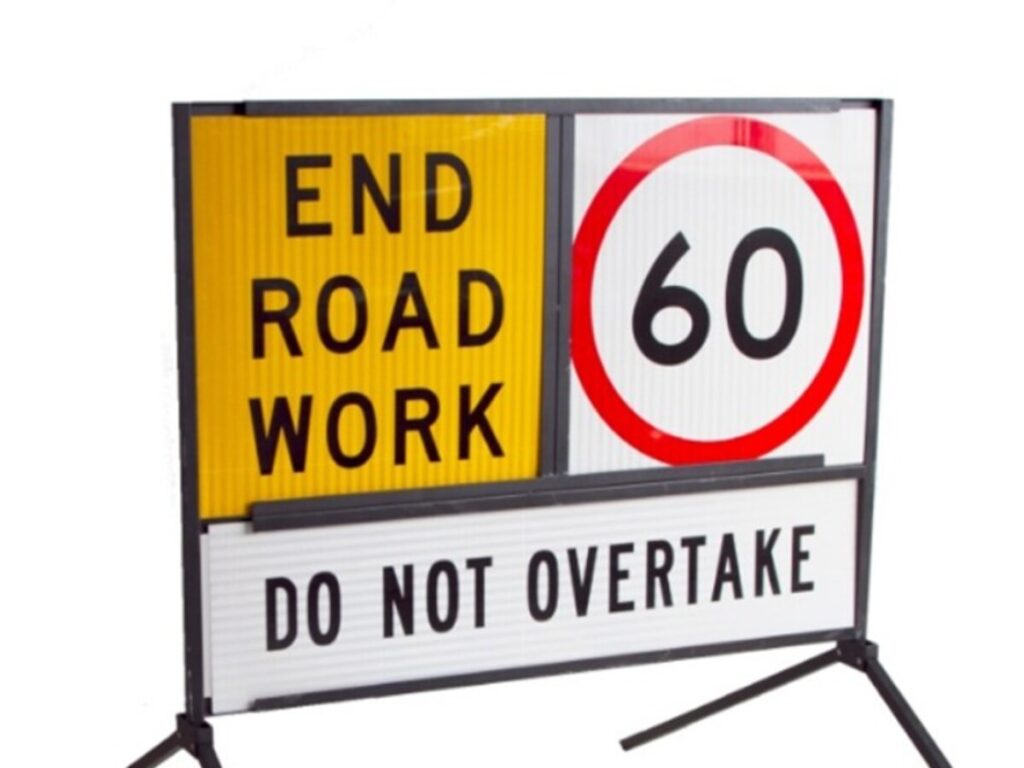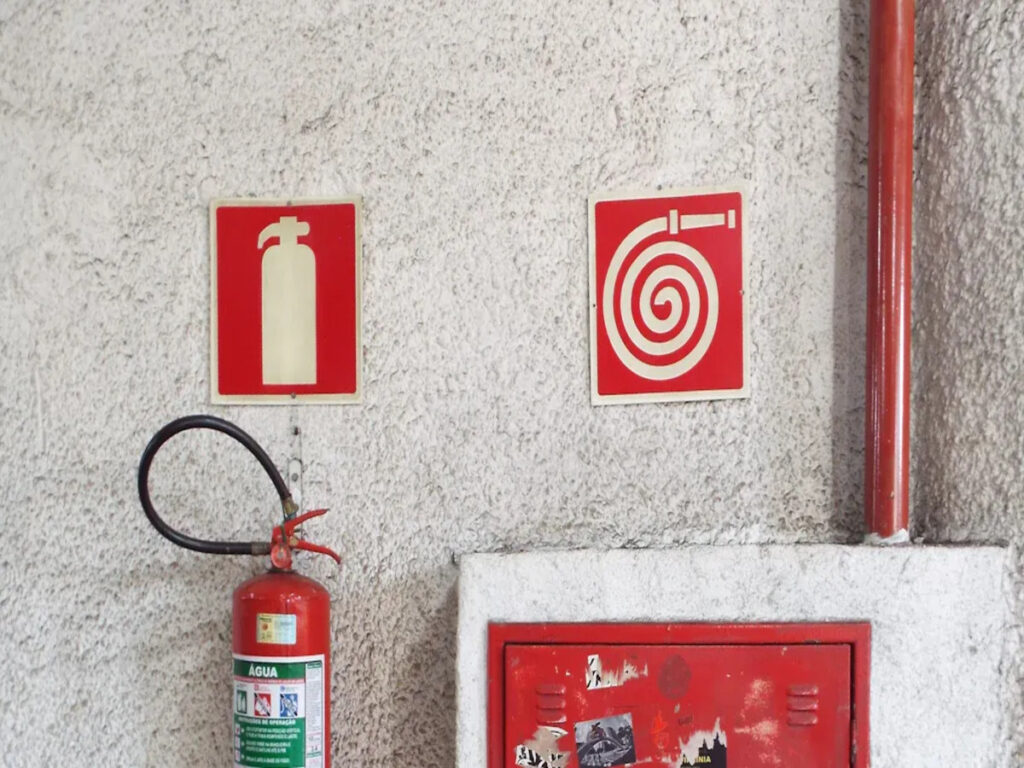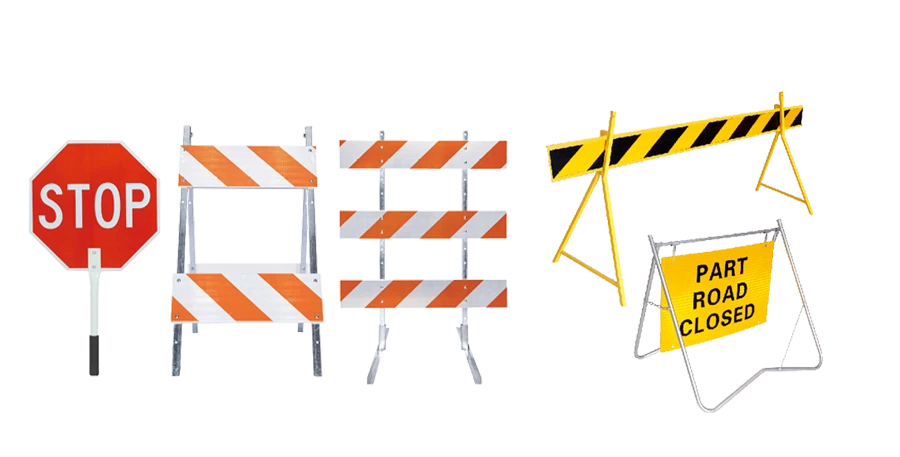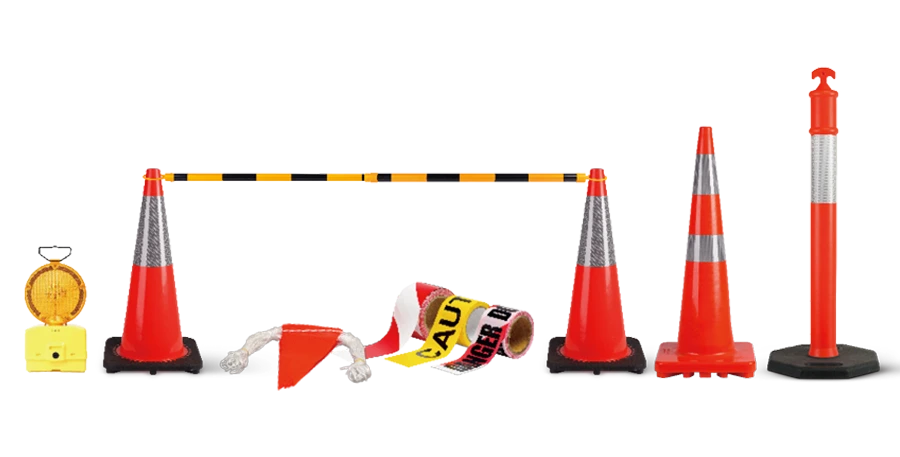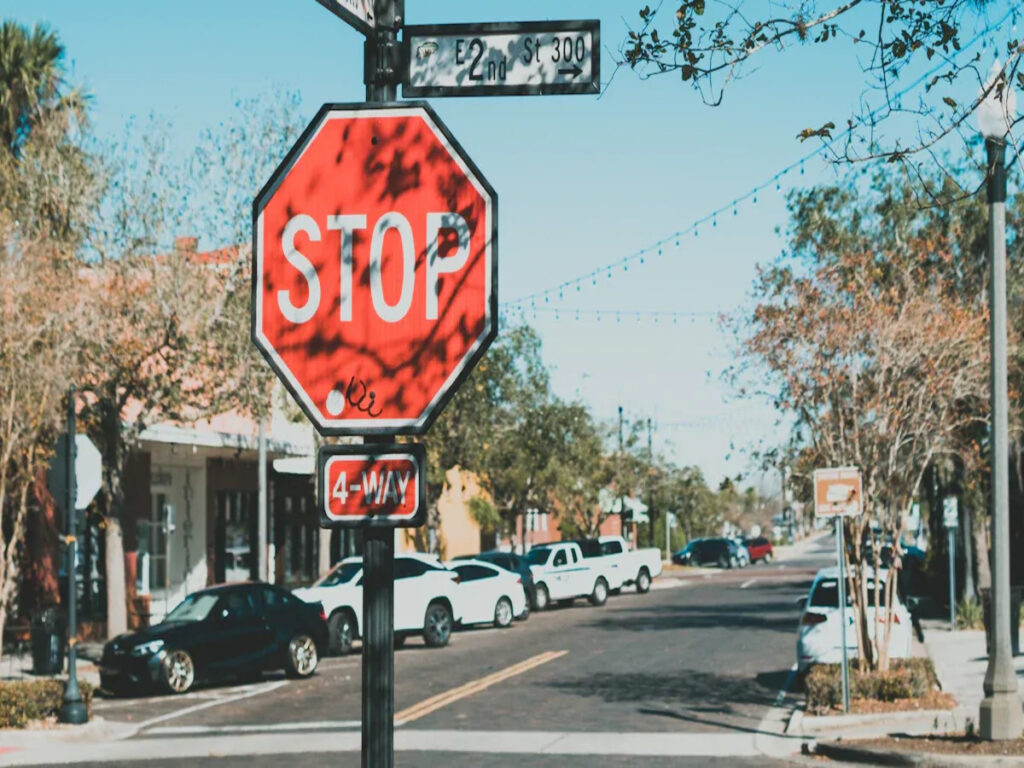
Road sign frames are important for keeping roads safe. These frames help signs stay visible, strong, and follow rules. Picking the right sign stand makes signs work better. It also fits needs like busy cities or windy highways. New designs, like foldable frames and bright colors, make signs easier to see and safer. For event signs or ads, light but strong frames are easy to move. Choosing the right sign helps keep drivers and walkers safe by setting clear rules.
OPTRAFFIC offers a wide range of road sign frame solutions—whether you need heavy-duty frames for highways or lightweight options for temporary events. Our designs prioritize visibility, durability, and compliance with safety standards. Get in touch with us today to find the right sign frame for your project.
Key Takeaways
- Pick road sign frames that fit the location’s needs. Think about wind strength for highways and clear visibility in busy areas.
- Use light materials to move signs easily in work zones. Fast setup frames save time and keep people safe.
- Get frames with strong protection against damage and bad weather. Look for IK10 and IP67 ratings to make them last longer.
- Make sure signs can be seen at night using reflective materials. Place them at the right height to help drivers and walkers stay safe.
- Take care of sign frames to make them last longer. Clean them and check often to keep them working and safe.
Why Choosing the Right Frame is Important
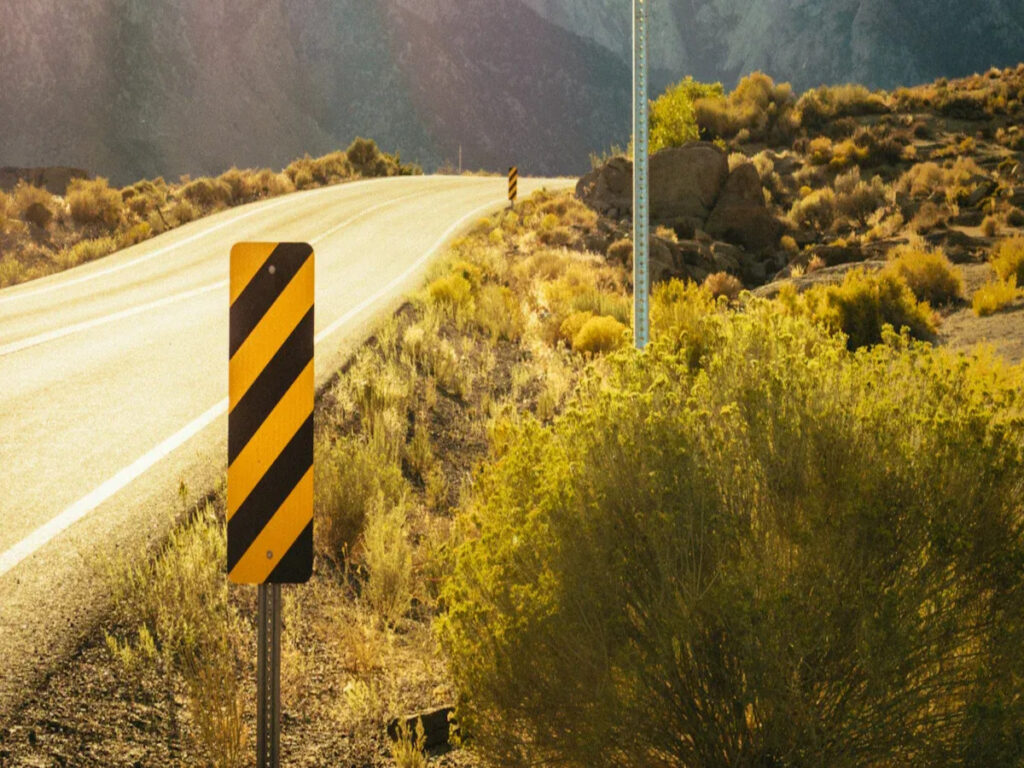
Picking the right road sign frame helps it work well and last long. Different places, like highways, city streets, construction zones, and parking lots, have special needs. You should think about these needs to choose the best frame for each place.
For example, highways face strong winds and fast-moving cars. Frames here must stay steady and not fall over. In cities, signs need to stand out from all the other things people see. Special coatings can stop graffiti and keep signs looking good.
Construction zones need light and easy-to-move frames. These frames make setting up and taking down signs quick and simple. In parking lots, where cars move slowly, strong frames are better. These frames can handle bumps and damage. Some frames attach to the ground or sit in the pavement, depending on what works best.
Choosing the right frame also saves time and money. New materials, like composites, are strong but light. They can handle rain, sun, and heat without breaking. This means less fixing and cleaning. The table below shows these benefits:
| Benefit | What It Means |
|---|---|
| Strong and Long-Lasting | New materials are tougher and stay good for years. |
| Lightweight | Easy to carry and set up anywhere. |
| Weather-Proof | Handles rain, sun, and heat without problems. |
| Low Maintenance | Needs little care, saving effort and money. |
By knowing what each place needs, you can pick the best sign frame. Whether it’s for ads, events, or traffic, the right frame keeps things safe and clear. Look at different types of frames to find the one that fits your needs.
Urban Road Frames
Traffic Density & Visibility Needs
Cities are busy with cars and people, so signs must be easy to see. Signs should stand out from buildings, ads, and traffic lights. Bigger signs with reflective materials help drivers see them at night or in bad weather. Placing signs 2.1 to 2.4 meters high makes them clear for everyone.
Traffic flow affects how well signs work. Medium-speed areas often have changing traffic, making it harder to manage. Slow or fast-speed zones are easier to predict and control. Use bright, stable signs to guide traffic in busy areas.
Good lighting improves sign visibility and safety. For example:
| Focus Area | Description |
|---|---|
| Roadway Lighting | Lights on roads lower crashes and boost safety. |
| Visibility at Intersections | Lights at curves and crossings make signs easier to see. |
| Pedestrian Safety | Rules ensure both walkers and drivers can see clearly. |
Material & Finish Choices
The material of sign frames affects how long they last and look. Aluminum doesn’t rust, so it’s great for wet places like Brisbane. Steel is strong too but needs extra coatings to last longer. Anti-graffiti finishes stop damage and keep signs easy to read.
How signs look also matters in cities. Powder-coated frames can match the area’s style. This way, signs work well and look good with their surroundings.
Mounting Options
Cities need different ways to mount signs for various uses. Post-mounted frames are strong and good for permanent signs. Temporary mounts, like mailbox-style ones, are easy to change and great for events. These options let you use signs in many ways without losing stability or visibility.
Highway Sign Frames
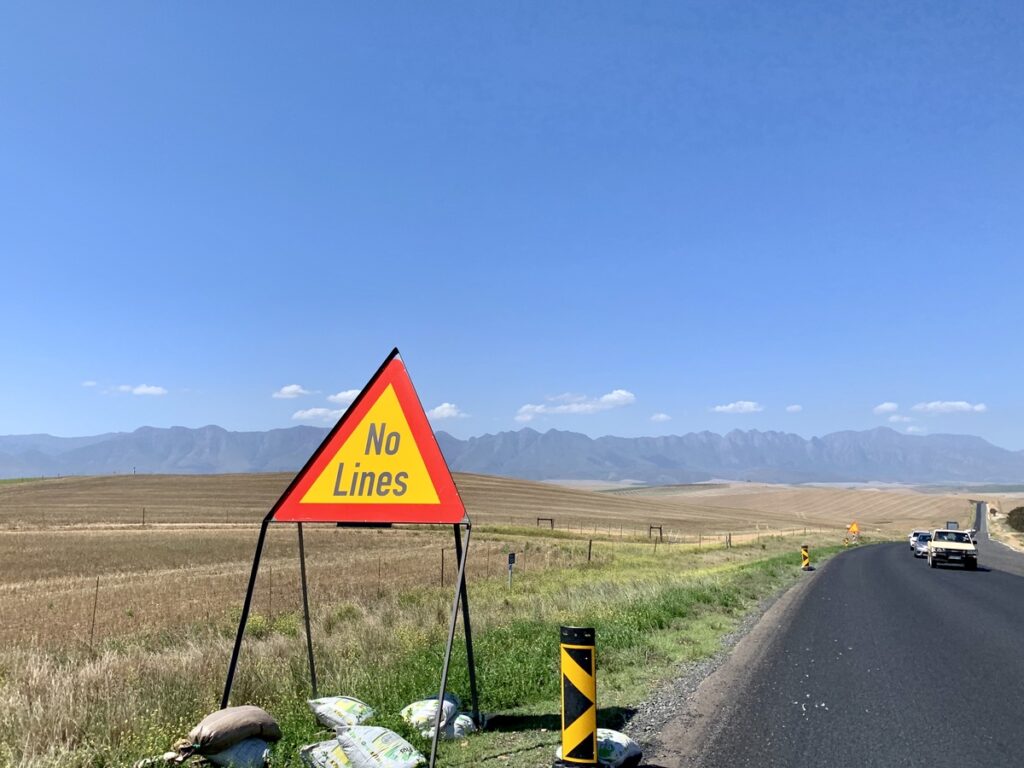
Wind‑Load & Vibration Resistance
Highways have strong winds and fast-moving cars. These create big forces on road sign frames. Frames must handle these forces to stay safe and last long. Engineers use special tests like wind tunnels to improve frame strength. They also study how passing cars affect signs. Some designs separate the sign from the frame to lower wind pressure.
Vibrations from fast cars can weaken frames over time. At speeds over 110 km/h, this is a big problem. Strong materials like structural steel help frames stay sturdy. These materials meet AS 4100 standards for windy areas. Together, wind and vibration resistance keep signs safe and working well.
Retroreflective Sign Compatibility
Retroreflective signs are very important on highways, especially at night. They bounce light back to drivers, making signs easy to see. Frames should fit high-intensity or diamond-grade sheeting. These materials let drivers see signs from 500 meters away.
Frames must not block the reflective parts of signs. This keeps the signs bright and clear. The table below shows tips for using retroreflective signs:
| Evidence Type | Description |
|---|---|
| Standard | Night signs must reflect light or be lit up. |
| Guidance | Use reflective materials on channelizing devices. |
| Support | Warning lights make reflective signs stand out more. |
Heavy‑Duty Anchoring & Base Designs
Highway signs need strong bases to stay in place. Concrete footings work well for permanent signs. For temporary signs, driven anchors are a good choice. Slip-base designs are safer because they break away if hit. This lowers damage and injury risks.
When picking a base, think about the soil and weather. Heavy-duty anchors keep signs steady in bad conditions. This makes signs last longer and need less fixing over time.
Construction Zone Frames
Easy to Move & Quick Setup
Construction zones often need signs moved around a lot. Lightweight frames are best because they’re easy to carry. Aluminum frames are strong but light, making them a great choice. Quick clamps help set up and take down signs fast. Stackable frames save space in trucks and are easy to transport.
For short projects or events, portable frames are very useful. You can move these signs quickly as work changes. This keeps drivers and walkers safe by giving clear directions in busy areas.
Temporary Bases
The base of a sign is important for keeping it steady. In construction zones, you can use sandbags or screw-in bases. Sandbags work well on flat roads, while screw-in bases are better for loose dirt.
Testing under AS 1742.3 rules makes sure bases are safe. Stability is key in places with heavy machines or lots of people. Picking the right base lowers accidents and keeps signs in place during the job.
Safety Rules for Work Zones
Safety rules protect workers and the public in work zones. Signs must follow rules like MUTCD and Austroads guidelines. Bright orange colors and reflective strips make signs easy to see, even at night.
Rules focus on clear and flexible safety plans. The table below shows key points about work-zone safety:
| Evidence Description | Purpose |
|---|---|
| Rules explain flexible safety plans and clear timelines. | Helps meet safety needs for work zones. |
| New rules add definitions and require safety checks. | Tracks how well safety rules work in zones. |
| Agencies should follow MUTCD and study project needs. | Ensures safety plans fit each project. |
By following these rules, your signs stay safe and strong. Good compliance lowers risks and makes construction zones run smoothly.
Parking Lot Frames
Low-Speed Signs & Frame Sizes
Parking lots have slow-moving cars, so signs are very important. Signs should be the right size to be seen easily. Smaller signs work well in areas with speeds of 10 km/h or 20 km/h. They match the slower traffic and don’t block car movement. Make sure sign frames fit well to avoid hitting car overhangs. This keeps the parking lot neat and signs useful.
When picking signs for parking lots, keep them simple and clear. Use big, bold letters and bright colors. This makes signs easy to read from far away. Clear signs help drivers and walkers stay safe and avoid confusion.
Strong Frames & Vandal Protection
Parking lots can have accidents or vandalism. Pick sign frames that are tough and hard to damage. Look for frames with IK10 ratings for vandal-proofing and IP67 for weatherproofing. These ratings mean the frames can handle hits and bad weather.
Here’s a table of important features and their ratings:
| Feature | Rating |
|---|---|
| Vandal-proofing | IK10 |
| Weatherproofing | IP67 |
| Impact resistance | High |
Adding protective barriers around signs can make them last longer. Breakaway posts are also helpful. They bend or break safely if hit, lowering damage. These features save money on repairs and keep signs working well.
Mounting Options: Surface vs. In-Pavement
There are two ways to put up parking lot signs. Surface-mount bases use bolts and are good for temporary signs. They are easy to set up and take down, perfect for events or changes.
For permanent signs, in-pavement mounting is better. This method keeps signs steady and level with the ground. It also lowers the chance of people tripping. Think about your parking lot’s needs to pick the best option.
Both methods keep signs secure and make parking lots safer and more organized.
Picking the right road sign frames keeps roads safe and signs strong. Think about where the signs will go and what they’re for. Choose frames that last long and are easy to see. This is extra important in busy places like highways or cities. Clean and check frames often to keep them working well. Good care helps signs follow safety rules and stay useful. By doing this, your signs will work better and last for years.
FAQ
What materials work best for road sign frames?
Aluminum and galvanized steel are great options. Aluminum doesn’t rust, so it’s good for wet places. Galvanized steel is very strong and lasts a long time. Both materials work well in different weather and areas.
How do you pick the right frame size for parking lots?
Choose a frame size that fits the speed and space. Small frames are good for slow-speed areas like parking lots. Make sure the frame doesn’t block cars or people to keep things safe.
Can you reuse road sign frames for events?
Yes, lightweight frames with quick clamps are perfect for events. These frames are easy to carry and set up. They work well for signs or banners at temporary events.
What makes construction zone frames special?
Construction zone frames are made to be easy to move and steady. Light materials like aluminum and stackable designs make transport simple. Bases like sandbags or screw-in anchors keep them stable during work.
How can road sign frames stay visible at night?
Use reflective materials on the signs. These bounce light back to drivers, making signs easy to see in the dark. Make sure the frame doesn’t cover the reflective parts for the best results.

